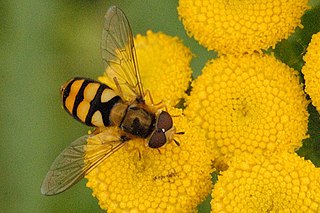
Eupeodes latifasciatus is a species of hoverfly. Adults feed on nectar; larvae feed on aphids and scale insects.

Meliscaeva cinctella is a Holarctic species of hoverfly.
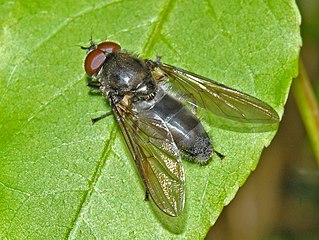
Cheilosia variabilis, common name figwort cheilosia, is a species of hoverfly belonging to the family Syrphidae.

Cheilosia albitarsis is an abundant European species of hoverfly. Adults can be found in spring visiting buttercup flowers and this plant is also the larval hostplant.

Cheilosia bergenstammi is a widespread European species of hoverfly. Adults can be found in summer visiting ragwort flowers and this plant is also the larval hostplant.

Cheilosia latifrons is a species of 'flower flies' or hoverflies belonging to the family Syrphidae subfamily Eristalinae.

Parhelophilus consimilis is a Palearctic hoverfly.

Platycheirus angustatus is a species of hoverfly. It is found in many parts of the Palearctic, and in the Nearctic.

Epistrophe nitidicollis is a European and North American species of hoverfly.

Cheilosia impressa is a Palearctic species of hoverfly. Like most members of its genus C. impressa is a rather small, dark insect and identification can be problematic.
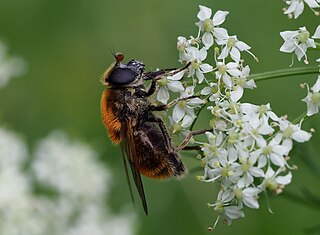
Cheilosia chrysocoma is a European species of hoverfly.
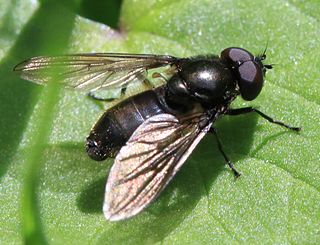
Cheilosia pubera is a Palearctic hoverfly.
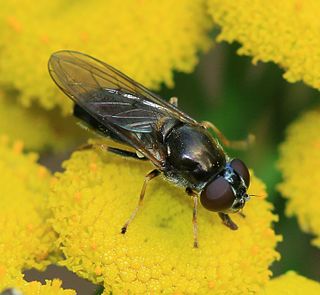
Cheilosia scutellata is a Palearctic hoverfly.

Cheilosia vernalis is a Palearctic hoverfly.
Neoascia geniculata is a Palearctic species of hoverfly.
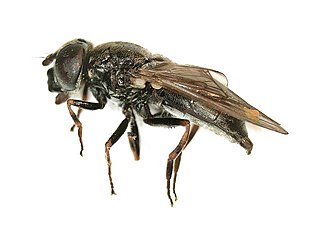
Cheilosia cynocephala is a Palearctic species of hoverfly.
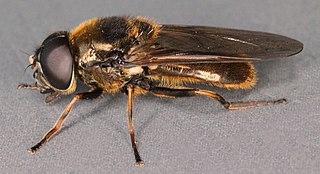
Cheilosia fraterna is a Palearctic hoverfly.
Cheilosia lasiopa is a Palearctic hoverfly. This species was previously misidentified as Cheilosia honesta.
Cheilosia nigripes is a Palearctic hoverfly.

Cheilosia vulpina is a Palearctic hoverfly.
















